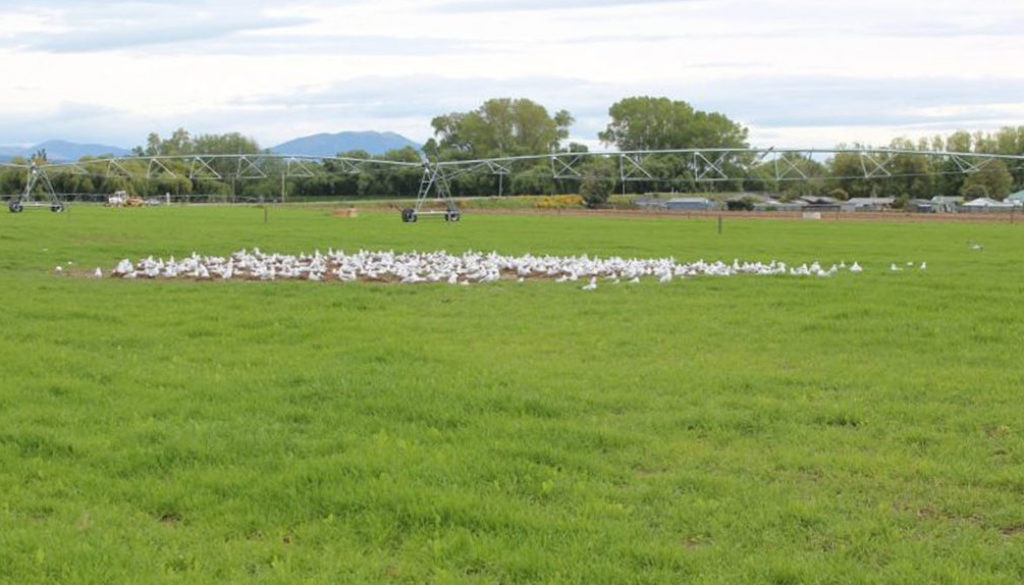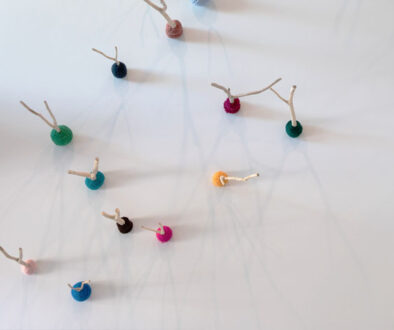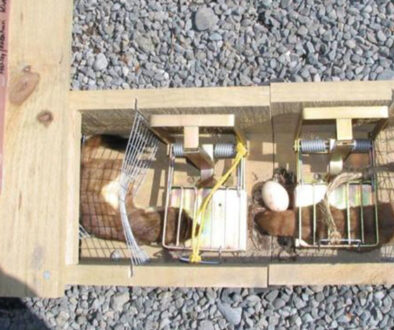Newsletter #28
Happy New Year, everyone.
I hope you have all enjoyed the holiday period and are welcoming in 2017. Thank you everyone who worked with us in 2016 to help support braided river birds. I\’d like to express particular thanks to our sponsors and also those we have worked with under the Braided Rivers Partnership Project:
- Trustpower – creating bird breeding habitats, trapping, and installing awareness signs on Wilberforce and Harper River delta
- Coleridge Habitat Enhancement Trust – widespread behind the scenes support in multiple areas, including their work with Trustpower, and getting schools, businesses, and councils involved in The Flock
- Christchurch International Airport – hosting The Flock, managing black-backed gull colonies, sponsoring helicopter survey of birds along the lower Waimakariri River, and actively working to ensure a better outcome for braided river birds
- Amuri Jet Hanmer Springs – checking traps around the black-fronted tern colony on the Waiau River, hosting The Flock, and educating tourists and visitors
- Tim Delaney (owner) and James Henderson (manager) of the Waikuku dairy farm that successfully hosted a breeding colony of some 800 black-billed gulls (see the story below \’Gulls nest on a farm\’).
The list if people, organisations, businesses, schools, local and regional government departments including ECan and DOC, that supported and continue to support #TheFlockNZ is far too long to list here. You know who you are, and we look forward to working with you all again this coming year, for a bigger and better Flock!
My neighbours tell me that while I was away, the weather here was unusual, with snow in Otago in early January. I was aware of this because, I was checking the weather app on my phone that same day, as we were due to arrive in Tromsø, 350km north of the Arctic Circle, where it was -20°C. A storm delayed our departure from Iceland. When we landed in Tromsø the following day (\’day\’ being a relative term as the sun doesn\’t put in appearance in January), it was +7°C.
As most of you are aware, life above the Arctic Circle has adapted to sub-zero winter temperatures, and indeed it depends on them for healthy and productive ecosystems. A temperature of +7°C triggers a negative cascade effect that ripples throughout the entire food chain, leads to river and coastal erosion, \’drunken\’ and diseased/dying trees, methane burps, and mass starvation of migratory animals like reindeer (Google \’reindeer starving\’; according to the Sami people we spent time with, it isn\’t just happening in bordering Russia). What does this have to do with braided rivers and birds down our end of the planet? Migratory sea and shore birds are not immune, as their spring and summer food sources in the Northern Hemisphere are being severely compromised. This morning, Nature published Snapshot: Extreme Arctic heat (doi:10.1038/nclimate3213). Closer to home, last week Radio New Zealand broadcast Climate Change driving NZ\’s Battle for the Birds. Something to think about if you\’re going to Forest & Bird\’s public talk next Tuesday: Just Do It! Getting Beyond the Talk on Climate.
Cheers,
Sonny Whitelaw
Manager
Publicise your event!
Now we are entering a new year, it\’s also a good time to remind everyone of BRaid\’s online calendar of events. If you have an event, or series of events related to braided rivers in some way, if you send me the details, I\’ll add it to our calendar. If you remind me a week or so ahead, I\’ll also promote it through our social media network. This is FREE publicity, so take advantage of it!
Canterbury Water Issues
I\’m currently adding calendar links to 2017 Zone Committee meetings (around 150, so it will take me a while to complete). These meetings actively seek public input. If you have even an inkling of concern about water management in Canterbury, check the times and locations of meetings in your area and have your say. Staying silent allows economics-driven interests to dominate the conversation, and ultimately, the outcome. As Keith Woodford wrote yesterday about Lake Forsyth and the Selwyn River, truth is the first casualty in water debates. Copies of the Canterbury Water Management Strategy Implementation Plans for each zone are available here.
Braided Rivers Seminar 2017: Like the 2016 Workshop, this is a free, full day event including lunch. As the last workshop was standing room only, and we were oversubscribed with presenters, I recommend booking sooner rather than later.
- Click here if you would like to present
- Click here to reserve a seat (no need to do so if you are also presenting)
#TheFlockNZ: The Twizel contingent should be flying back to the coast to again trek west to Twizel by end of Term 1. The mid-Canterbury contingent is roosting at DOC in Rangiora, with some preparing for their annual migration to Pukorokoro Miranda Shorebird Centre. Meanwhile, a mini-Flock started its southern migration (in a cardboard box) on 23rd December 2016 from the Republic of South Korea to New Zealand. Fantastic to see the international relations developed and fostered by Pukorokoro Miranda Shorebird Trust working so well. We\’re looking forward to seeing other countries as well as groups around New Zealand taking up this fun and creative project to draw attention to our migratory birds. Check out the official blog for updates and photos.
If you are working with schools or community/art groups, now is the time to be thinking about creating a bigger and better (and more robust if we can get more people using wooden birds) Flock for the next season. All of the resources you need, from templates to a PDF teaching resource tied to the curriculum, are available here. We encourage people and groups to create and display your own Flocks. Braid\’s role is to support and help empower groups and people working to help braided rivers and braided river birds. We\’re delighted when groups such as the Twizel contingent take an idea like #TheFlockNZ and run with it in a direction that\’s best suited to their situation.
Colony of world\’s most endangered gulls decide to nest on dairy farm: This One News video showcases the success of the black-billed gull colony that set up house on a dairy farm in Waikuku, beside the Ashley River. A week or so later, the majority of chicks had fledged and were flying. Nick counted 340 flying chicks in the north paddock and around 100 \’yet-to-flys\’ by the nesting site, where there were just over 300 nests. Assuming all the chicks took to the air, that meant a breeding success rate of 1.47 chicks/pair of birds, which is a very good result. Nick will write up a full report that will be available online.
This is exactly the kind of project and outcome we had hoped for when developing the Braided Rivers Partnership Project. Congratulations to everyone involved.
Other news and stories:
- Black-billed gull shot with arrow – Timaru Herald
- Video of oystercatchers that set up nest on Mount Maunganui\’s main surf beach
- The Kea Movie (30 seconds) – not Braid related, but hilarious
- River Stance – Mike Joy on Rivers: The Listener
- Rivers of Gold – The plan to export Southern Alps glacial water: The Press
- Desire Can be Deadly: Sex scent snares stoats – Stuff report on Centre for Wildlife Management trials in Nelson
- Today\’s Podcast from Nature: Bird Beaks – A single rare event could have prompted the speedy diversification of bird lineages (scroll down the menu on the left to 17:07 and click to listen)
BRaid’s next meeting: Friday 3.00pm 24 March at the DOC offices, 31 Ngai Mahi Road, Sockburn.




